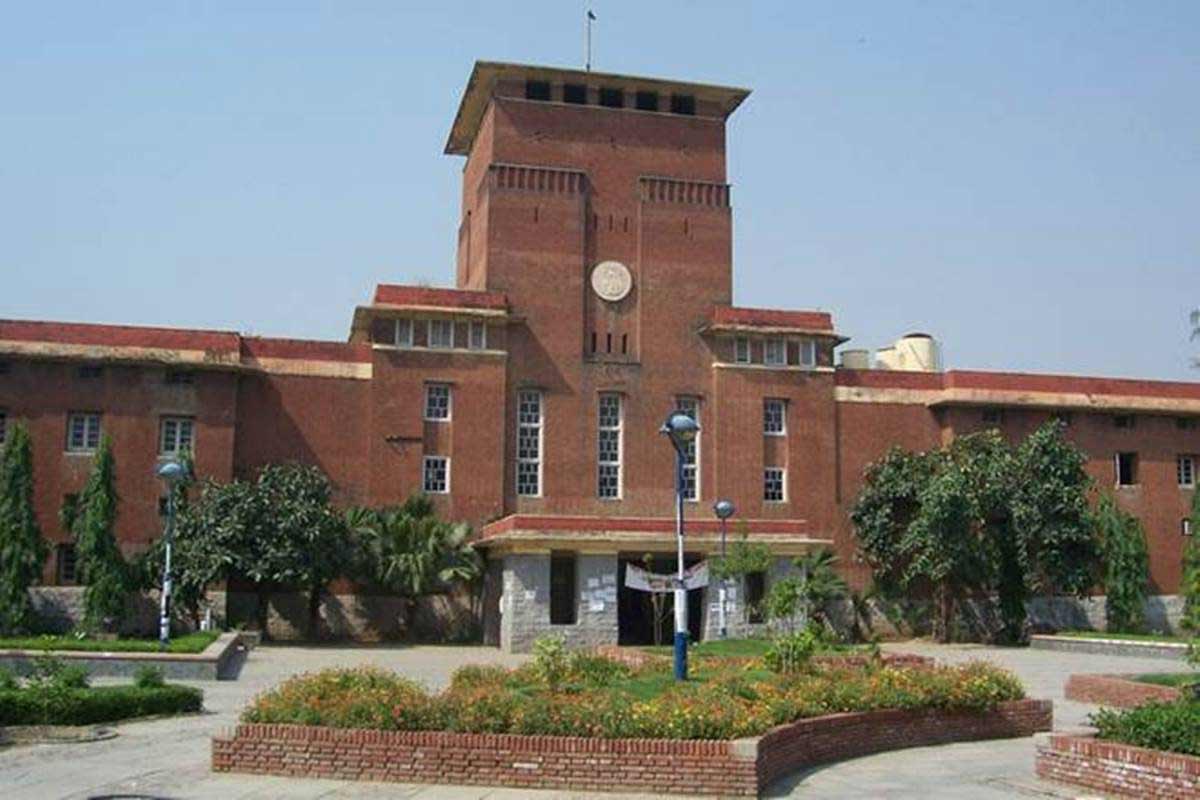
Manipur strife fuels suspicion, hostility among students in Delhi

The brutal ethnic violence in Manipur has cast a shadow on the thousands of Manipuri students in Delhi University.
Already, there has been one incident of an alleged physical on some Kuki students apparently by some Meitei students in the university area, leading to a police complaint and increased tensions.
Both Kuki tribals and Meiteis have fought vicious battles in the Imphal Valley and other areas of Manipur, leaving at least 50 people dead.
Students from Manipur in Delhi say they have become a casualty of the ethnic showdown. The situation in the northeastern state triggered tensions in the national capital because of incendiary social media posts. The unending disinformation has only added to the distrust on both sides.
Also read: Manipur: Ethnic divide widens with tribal groups sticking to their stands
Negativity in Delhi
Somenanda, a former vice-president of the Manipur Students Association, Delhi, told The Federal some of the issues that were greatly bothering students from Manipur now.
“Everyone is extremely stressed about the plight of their families in Manipur. Some students have lost their homes and even loved ones in the violence. With the Internet shutdown and curfew in Manipur, finances have dried up for many students here,” he said.
Worse, less than 10 days remain for the UPSC preliminary examination to begin – and many from the northeast will be writing them. The students say life in Delhi can be tough but both the north and south campuses were supposed to be safe with people from Manipur as well as other northeastern states living harmoniously.
Why Delhi?
There are around 4,500-5,000 Manipuri students in Delhi, with Meiteis outnumbering tribals like Kukis by a huge margin. Delhi University is the preferred choice for many because of its reputation for quality education.
Nongshaba Angom Shyam, a third-year student, said senior Manipuri students act as unofficial guide vis-a-vis college selection and areas to reside to the newcomers every year.
Most students opt for political science, economics and history. Mathematics is one of the most preferred courses. A majority stays in paying guest and other rented accommodation.
The latest flare-up in Manipur has derailed the serenity in the community. Now, some students admit they don’t feel safe even in the university. “There is a lot of fear since the unfortunate incident when a group of Kuki students were attacked by some Meiteis,” said Somenanda.
Due to curfew and other reasons, parents are also unable to send money from Manipur to their children in Delhi.
Truth, untruth
Robith, who is pursuing his Masters in Comparative Indian Languages, said: “After the clashes in Manipur, students are also running high on sentiments. In a vitiated atmosphere, it becomes difficult to distinguish facts from propaganda.”
Also, many youths from Manipur have fled to Delhi over the past week, adding to the financial burden of the students hosting them in the capital.
Also read: SC asks Manipur government to outline security, rehabilitation steps
Manipuri students, explained one of them, have added to a list of do’s and don’ts to be on the safe side now in Delhi. In some cases, Meitei and Kuki students don’t speak to each other “even if we were friends earlier”, said Devi Yumnam, a third year student from Ramjas College.
“Earlier, we would light up seeing friends from Manipur. We would try to get together over drinks or a meal. This has stopped,” she said. Some students, however, insist that many Meiteis and Kukis remain friends at a personal level like in earlier times.
Longing for peace
Donald, an Ambedkar University student and adviser to the Manipur Students Association Delhi (MSAD), believes that the North-East Students Committee for Manipur Crisis has managed to assuage the prevailing fear among students.
“With emotions running high, many students still consider it dangerous to be seen with people from a community projected as the ‘enemy’,” he said. Nobody seems to know for sure when the atmosphere of fear and suspicion will subside.


